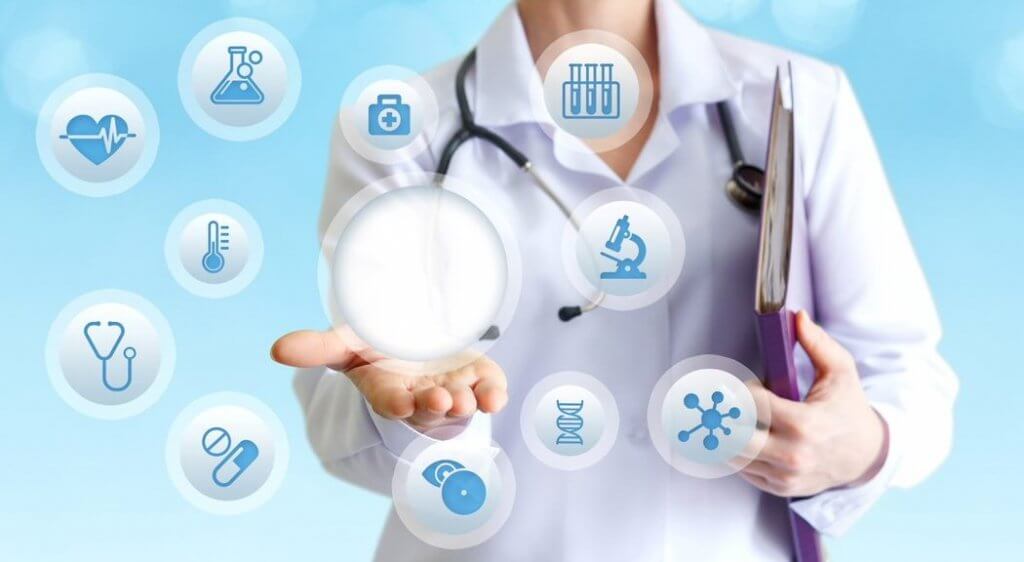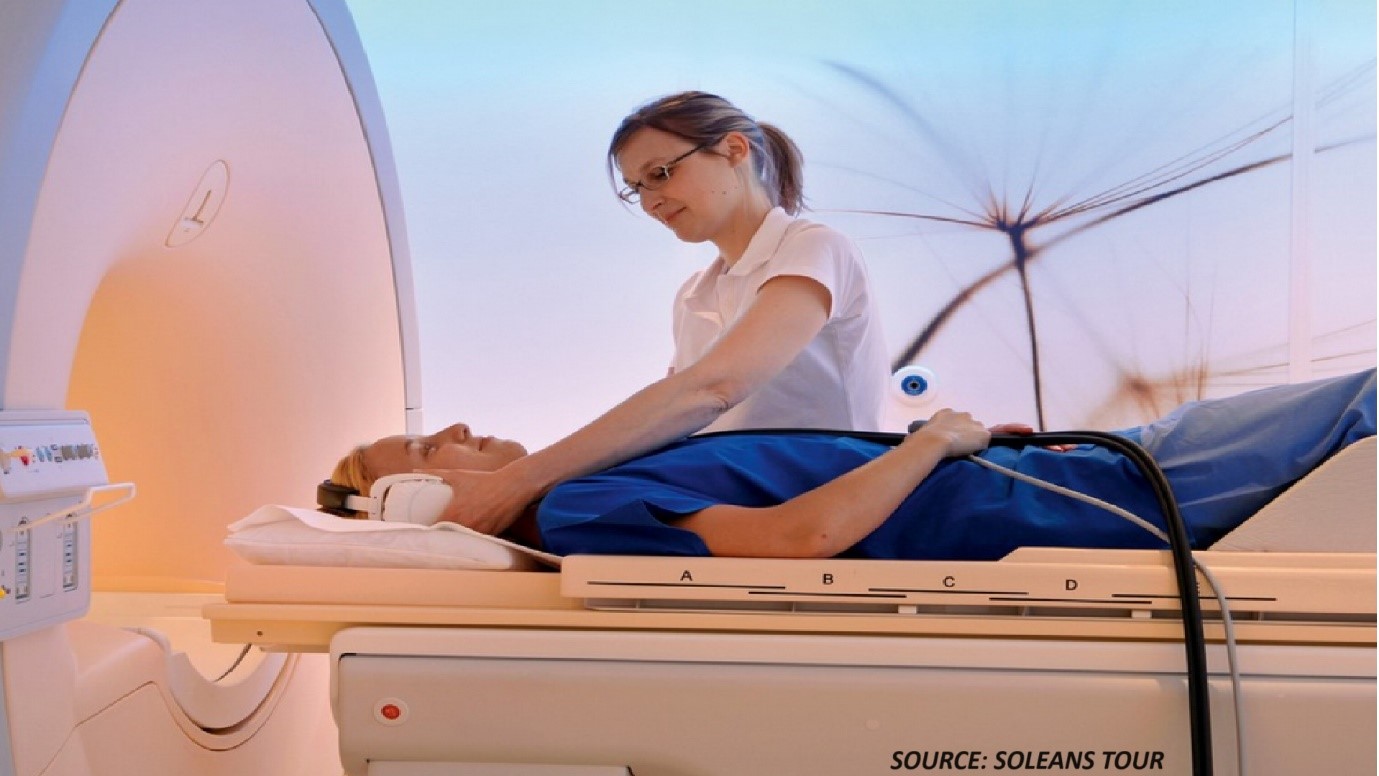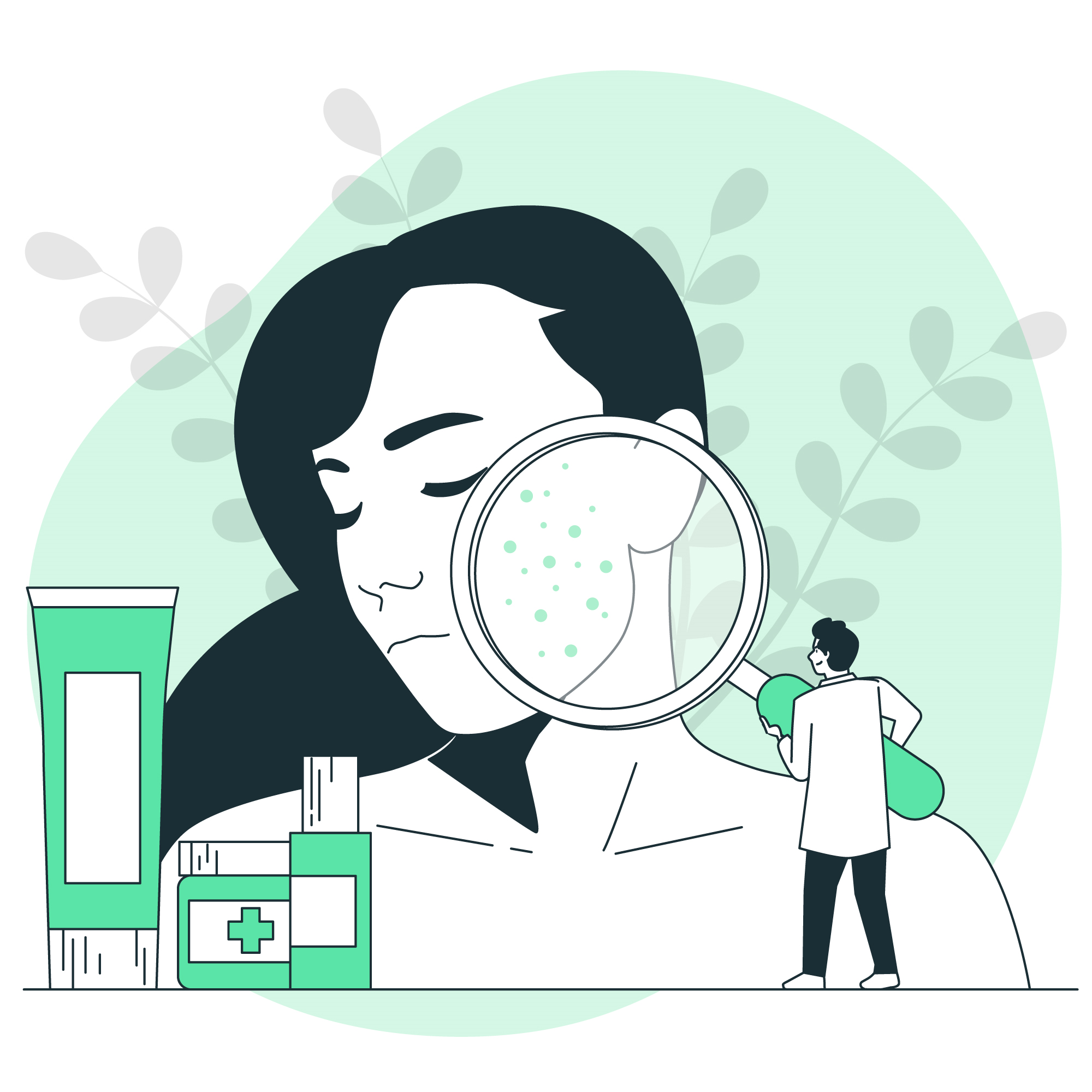Top 5 Trends in Healthcare Industry
29-Sep-2020

The healthcare industry, also known as the medical or health economy industry, is an integration of sectors that provides goods and services to treat patients with preventive, rehabilitative, curative, and palliative care. It includes healthcare professionals such as surgeons, doctors, and nurses who provide diagnostic, therapeutic, remedial, and even preventive services at private and public hospitals, ambulatory clinics, and private and public clinics. The industry also encompasses health insurance firms and pharmaceutical and medical equipment manufacturers.
The outbreak of corona virus of the COVID-19 has put a spotlight on the healthcare industry as swarms of people affected by the disease are heading to healthcare centers such as hospitals and clinics to get medical aid. Prior to the outbreak, people visited healthcare centers for regular checkups, deliveries, surgeries, and treatments for common and rare diseases and disorders. People prefer to visit hospitals, as they are considered as primary care centers due to the availability of various equipment, such as x-ray, ECG, and sonography machines, medicines, and the presence of specialists for various health problems.
Numerous companies and heavily investing in research to develop various diagnostic, monitoring, and treatment technologies, treatments, and medicines to treat ailments ranging from the common cold to rare genetic defects.
Abbott Laboratories, AbbVie, Amgen, Anthem, Bayer, Bristol-Myers Squibb, Cigna, CVS Health, Gilead Sciences, GlaxoSmithKline, Johnson & Johnson, Medtronic, Merck, Novartis, Pfizer, Roche, Sanofi, Siemens, Thermo Fisher Scientific, and Walgreens are some global healthcare companies engaged in developing various diagnostic, monitoring, and treatment technologies, treatments, and medicines.
Various hospitals and medical clinics have adopted Internet of Things (IoT), Big Data, and cloud computing platforms for keeping track of medicines, personnel, and patient records. This helps medical professional’s share patient data with specialists to streamline treatment and medicines, and reduce the chances of miscommunication, misdiagnosis, and incorrect medication. Conversely, there are numerous other trends and technologies that are used in the healthcare industry. Following are the 5 key trends in the healthcare industry.
IoT & Smart Wearable
The IoT connects various smart devices such as wearables (including smartwatches, smart beds, connected inhalers, EKG, ECG, and smart goggles) to the Internet that the doctors and healthcare specialist can access to provide medicines, medical aid, and other treatments in real-time and enable remote patient monitoring.
These devices provide information such as blood pressure, glucose, oxygen in the body, cardiac health, and weight management to the doctors. They also remind the patient to take their medicines and monitor their blood glucose. Smart glucometers continuously monitor blood glucose to prevent mishaps of over or under medication. Smart watches monitor blood pressure and perform ECG, monitoring the heart of the patient. Some smart devices such as AVA bracelets track women’s reproductive health and fertility. The smart wearables and Internet of Medical Things (IoMT) market was valued at over $24 billion in 2019, and is expected to surpass $285 billion by 2029.
Telemedicine
Telemedicine allows patients to consult doctors for remote diagnosis and treatment using video conferencing tools. Elderly and differently-abled patients can consult their doctors without leaving the comfort of their homes. Additionally, patients residing in remote locations can receive medical care without having to travel to the cities or towns to visit their doctors often. Furthermore, physicians or family doctors can provide information to surgeons and specialists on the other side of the city, state, country, or the globe in real-time using a computer or tablet, thus hastening treatment.
Telemedicine reduces crowded waiting rooms and the spread of communicable diseases. The spread of Corona disease has emphasized the need for telemedicine. This keeps the patients and the doctors safe. Patients can consult their doctor 24/7, which means they can consult their psychologist or physicians on the go. The global telemedicine market is projected to surpass $112.5 billion by 2025.
Virtual/Augmented/Mixed Reality
Virtual reality (VR), augmented reality (AR), or mixed reality (MR) are extensively employed in the healthcare industry and medical diagnosis. VR enables the creation of artificially surroundings, AR allows layers of images atop of real objects, while MR is based on virtual objects of the real world and can be manipulated with virtual and physical objects. These are extensively employed for cognitive impairment, dementia, diagnostics, disease prevention, educational purposes, emotional recovery, pain management, rehabilitation, and surgeries. Microsoft HoloLens are an ideal example of VR used in medical education.
Big Data Analytics
Big data analytics is the process of collecting, organizing, and analyzing large amount of data to separate useful information from the unwanted medical and clerical errors. Big data helps maintain electronic health record (EHR) systems and as a preventive measure, improve staffing, and reduce medical errors. EHR maintain digital documentation such as diagnoses, demographics, laboratory results, and medical history. It provides transparency and reduces doctor’s paper work and documentations, which are highly susceptible to human/clerical errors. These systems also remind patients and medical personnel about upcoming procedures and examinations. Most importantly, big data analytics highlights the warning signs and offers precise risk assessment about upcoming epidemics, thus enabling medical professionals to be better prepared.
Artificial Intelligence (AI)
Artificial intelligence (AI) in healthcare include workflow optimization, virtual health assistants, robot-assisted surgery, precision medicine, medical dosage, diagnosis, cybersecurity, and chatbots. AI robotics are employed for nursing and/or caregiving. AI is now being optimized for the use in diagnosis of various ailments such as cancer and tumor detection and treatment and track dermatology changes caused by diseases such as diabetes.
Conclusion
The adoption of 5G technology, affordable Internet coverage, proliferation of smart devices, and Internet penetration in developing and developed countries has brought the Internet to the common man. The 5G technology is projected to enable faster communication and download on smartphones, laptops, and tablets. It is projected to increase speed and capacity, thus reducing latency. It is expected to be pivotal for communicating large medical images, supporting telehealth initiatives, and remote patient monitoring. This, in turn, is estimated to increase access to medical diagnosis and treatments and get medical professionals closer. Thus enabling people to consult and leverage each other’s expertize to provide optimal care to the patients.
Add Comment
Related Blogs
How Top Players are Fueling the Medical Spa Market’s Explosive Growth
The medical spa market is experiencing more than double grow...
Acne Medication: Clinically Proven Results
INTRODUCTION Acne is a form of skin disorder in which the hair follicles clog up with oil and dead skin cells. There are two ty...









